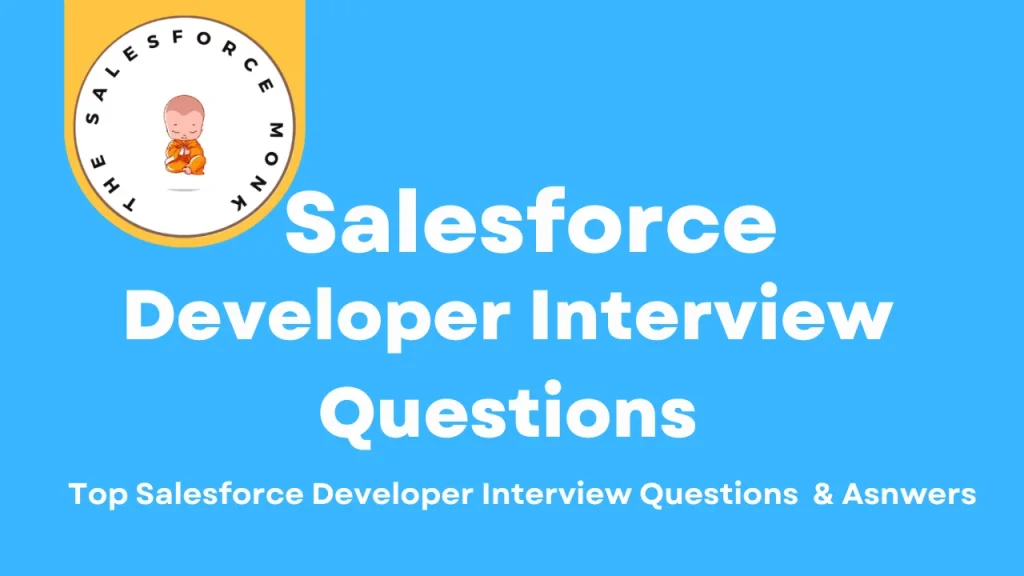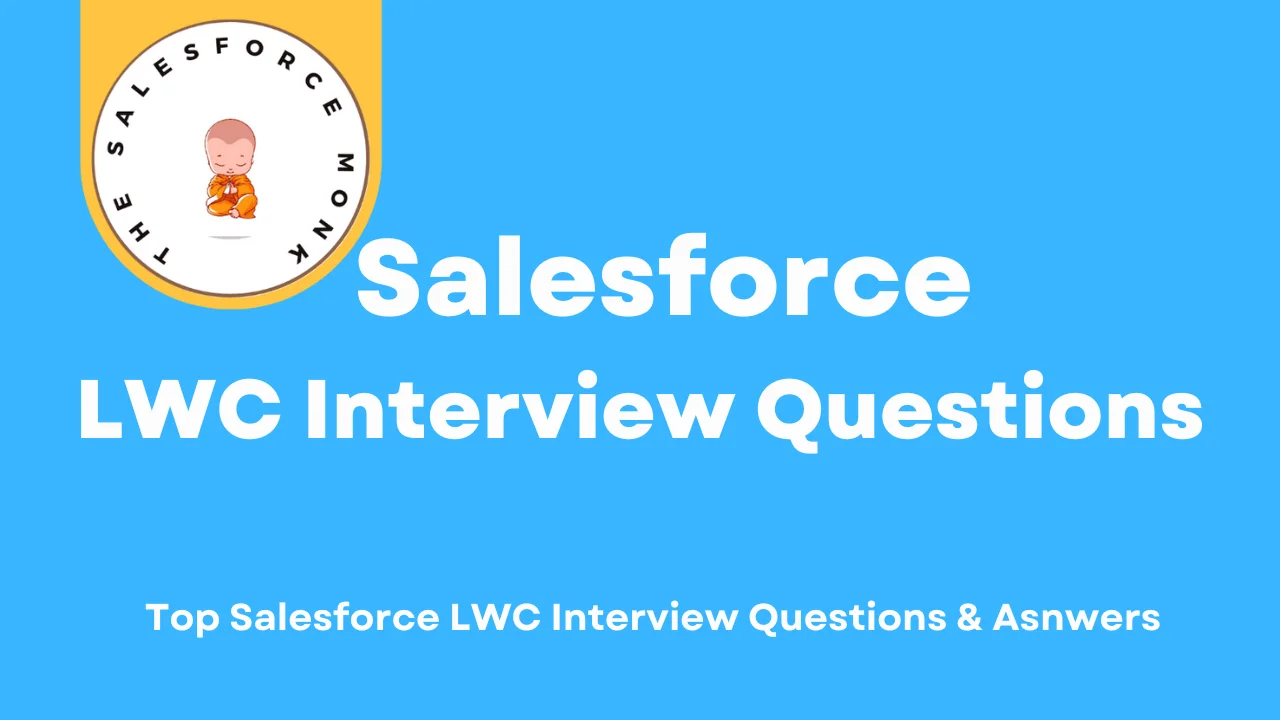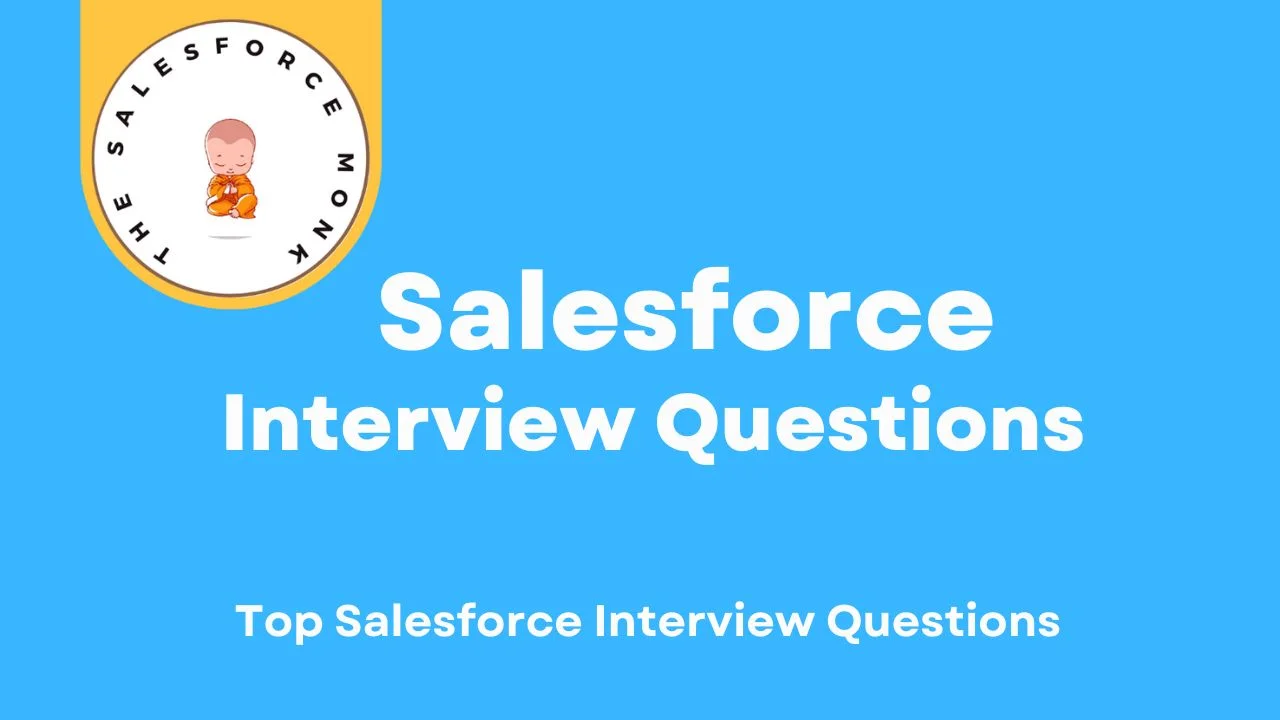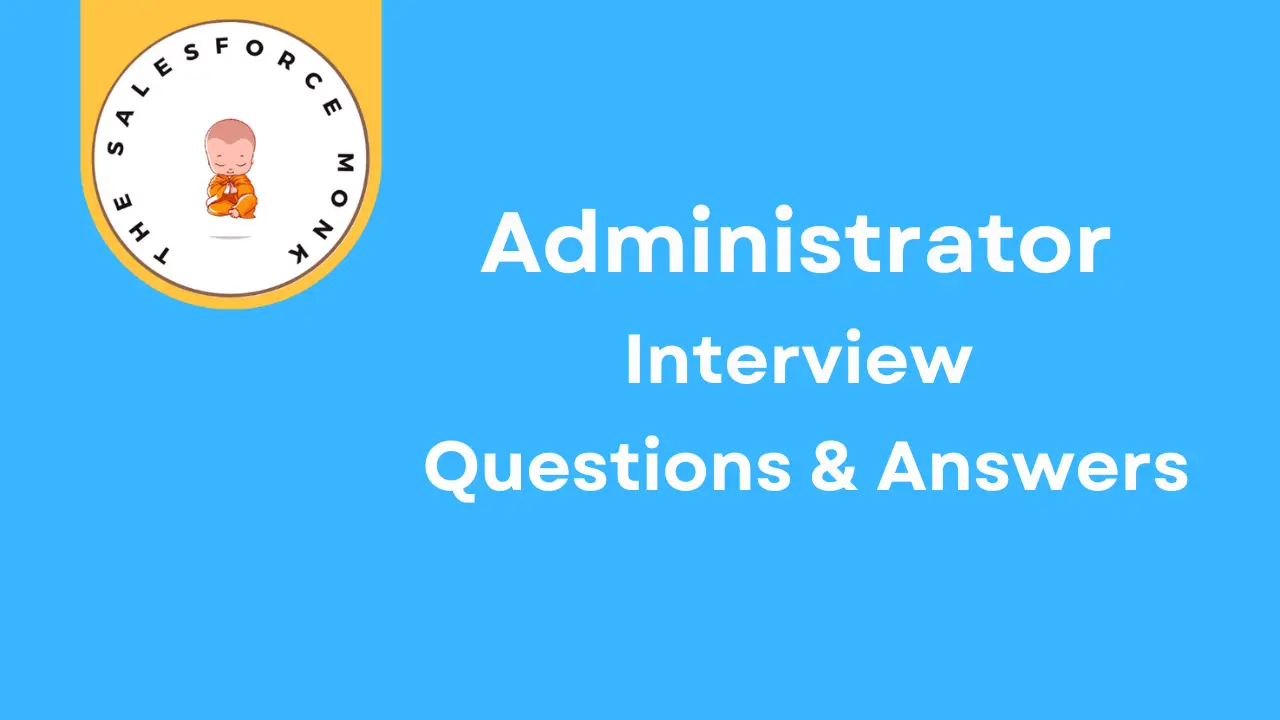Are you struggling with the Salesforce Developer Interview Questions? We’ve all been there. You start preparing for the Interview, but you don’t have proper study material or questions that may be asked. I faced a similar situation where I didn’t have the right Salesforce Developer interview questions and answers. But what if there was an easier, more effective way to prepare for the Salesforce Developer Interview without relying on unstructured or incomplete resources?
By reading this blog, you’ll explore the essential Salesforce Developer Interview Questions & Answers and how to boost your chances of success. So don’t wait, go through all the Top Salesforce Developer Interview Questions & Answers and make a strong impression in your Salesforce Developer interview
Top Salesforce Developer Interview Questions & Answers
Below is the comprehensive list of top Salesforce Developer interview questions and answers. Boost your confidence and crack your interview with ease!
What is Sandbox & its Types?
A Salesforce sandbox is a replica or copy of your production environment. Designed for development and testing purposes. While the production environment contains live data and active users. Meanwhile, a sandbox provides a safe space for testing without affecting real-time operations. It always includes a copy of your production organization’s metadata.
Types of Sandbox in Salesforce
- Full Sandbox
- Partial Copy
- Developer Pro Sandbox
- Developer Sandbox
What are Salesforce Editions
Salesforce offers packages of various features, services, and functionality for specific business needs. These packages or bundles are called editions. They look similar but, different in functionality & pricing.
Types of Salesforce Editions
- Essentials
- Starter
- Pro Suite
- Professional
- Enterprise
- Unlimited
- Developer
Want to learn more about Salesforce Admin interview questions?
Check out our blog on Salesforce Admin Interview Questions & Answers!
What is Apex?
Apex is a programming language developed by Salesforce. It’s an object-oriented programming language similar to Java. It’s also case-insensitive and runs in a multi-tenant environment.
What are Apex’s Best practices in Salesforce?
- Bulkify Apex Code
- Avoid Hardcoding IDs
- Use of Map of Sobject
- Avoid SOQL & DML inside for Loop
- Exception Handling in Apex Code
- Write One Trigger per Object per event
- Use Asynchronous Apex
- Write comments
- Avoid nesting loops
What is Heap size?
Heap size is the maximum allowed memory size to store the data. The limit of heap size for synchronous is 6 MB and 12 MB for Asynchronous.
What are public and global Classes?
The public access modifier ensures that the class is accessible within your application or namespace. The global access modifier allows a class to be accessible across all Apex code in any context. Apex classes that contain web service methods must be declared as global. Furthermore, if a method or inner class is defined as global, the outer class must also be declared as global.
Difference between insert() & database.insert()?
While using the Insert() DML function, if an error occurs in a single record, the execution stops immediately, preventing the remaining records from being processed. Meanwhile, the Database.Insert() function will not stop immediately and the remaining records will be processed. It allows partial DML operations.
What is with sharing & without sharing?
With Sharing
By using with sharing we can enforce the sharing rules that apply to the current user. The “with Sharing” keyword ensures that Apex code runs in the current user context.
public with sharing class withApexSharingClass{
// Code here
}Without Sharing
By using without sharing we are not enforcing the sharing rules that apply to the current user. The “without sharing” keyword ensures that Apex code does not run in the current user context.
public without sharing class withoutApexSharingClass{
// Code here
}What is Wrapper class?
A wrapper class is a container that holds multiple instances of different objects. It is commonly used to display data from various objects in a single table within an Aura Component or LWC.
What are SOQL & SOSL?
- Salesforce Object Query Language (SOQL)
- Using SOQL we can search for specific object and their related objects.
- We can query all fields of any data type.
- Supports nested queries and relationship queries.
- Has a row limit based on context, usually 50,000 records in batch Apex.
- Salesforce Object Search Language (SOSL)
- Using SOSL we can search for text in records across multiple objects.
- Primarily focuses on finding text in record fields without aggregate functions.
- Searches the global index of all records that meet the search criteria across multiple objects.
- Has a different limit, typically 2,000 records for global search across objects.
Explain synchronous and asynchronous apex.
- Synchronous
- In a synchronous call, the thread will wait until it completes its task before proceeding to the next. The code runs in a single thread. Example: Apex Class, Apex Trigger
- Asynchronous
- In an Asynchronous call, the thread will not wait until it completes its task before proceeding to the next. Instead, it will process to the next task leaving it running in a separate thread. The code runs in multiple threads which will help to do many tasks as background jobs. Example: Batch, Future, Queueable & Scheduable Apex.
What is Action & Value Provider?
- Action Provider
- The action provider enables us to handle actions, events, and handlers for the components & it is denoted by “c”.
- Value Provider
- The value provider enables us to access the value of a component attribute in component markup and Java script controller & it is denoted by “v”.
What is a Mixed DML Error?
If we are using the Setup object and Non-Setup object in the same transaction then the Mixed DML occurs. We can avoid this error by using Future Apex.
What is the Future Method?
A future method runs in the background asynchronously. We can use the Future method for callouts to external web services or any operations. The operation will run in its thread, on its own time.
What are the limitations of Future Class?
- We cannot call more than 50 future methods in a single transaction.
- We cannot call one future method from another future method.
- We cannot decide the execution manner of future methods.
- We cannot monitor the future class.
A comprehensive blog on the Future class is coming soon!
What is Apex Trigger?
An Apex Trigger is a code snippet that executes automatically whenever a specific event occurs in the database. Apex Trigger allows to performing of custom automation before to after the DML operations. The events can be Insert, Update, Delete, or Undelete.
What are the events available in Apex Trigger?
- Before Insert
- After Insert
- Before Update
- After Update
- Before Delete
- After Delete
- After Undelete
What are Apex Trigger’s Best practices in Salesforce?
- Avoid hardcoding Ids
- One Trigger per Object.
- Avoid Recursive Trigger.
- A trigger must be Bulkify.
- Use @future Appropriately.
- Content-specific handler methods
- Never use SOQl query inside a loop.
- Always use Map instead of double loop or Inner loop.
Apex Trigger Scenario-Based Questions Coming Soon
More Salesforce Developer Interview Questions are coming soon.
Related Post
- Salesforce Interview Questions 2025
- Salesforce Flow Interview Question & Answers
- Salesforce LWC Interview Questions and Answers
- Salesforce Administrator Interview Questions & Answers
Recommended Articles
Conclusion
I hope this collection of Salesforce interview questions helps you crack your Salesforce Developer interview. Feel free to share any questions you’ve recently encountered in the comments!







Hey Subham, just wanted to say a big thank you! Your content has been super helpful in my Salesforce journey, especially with interview prep.